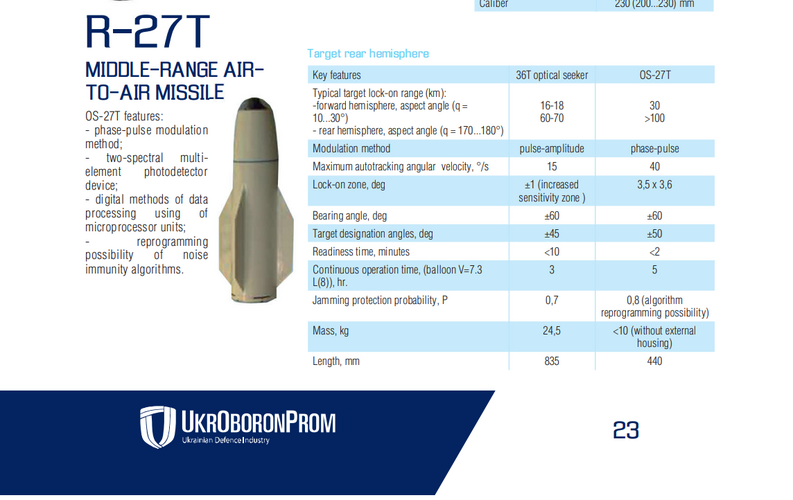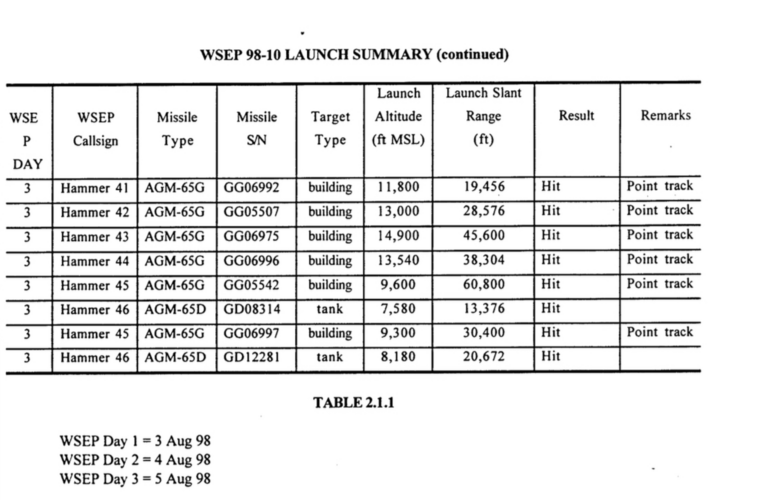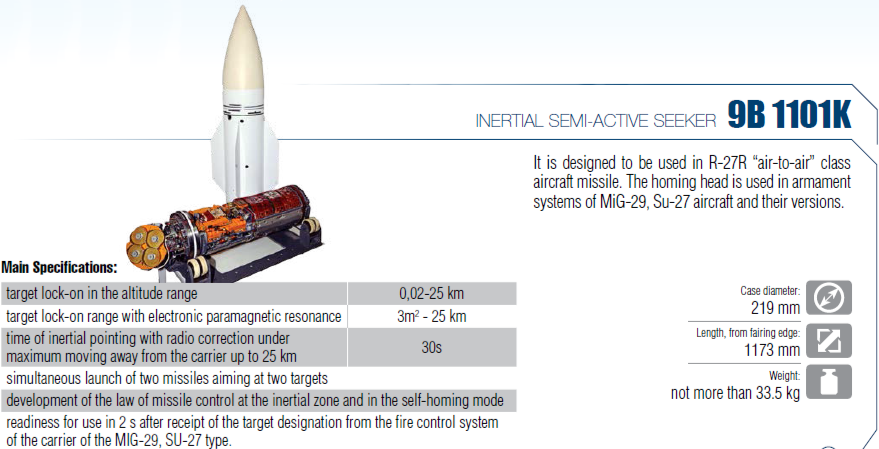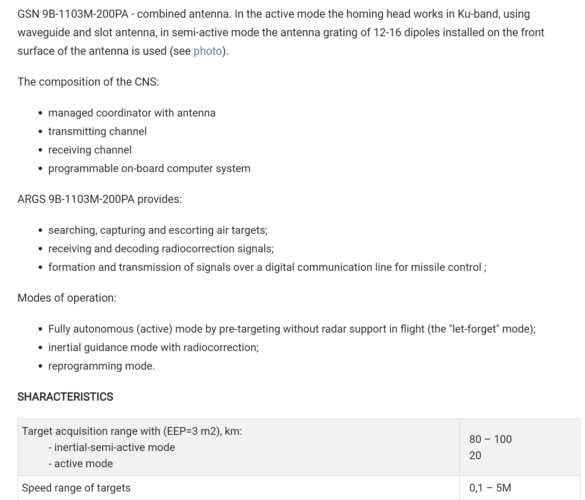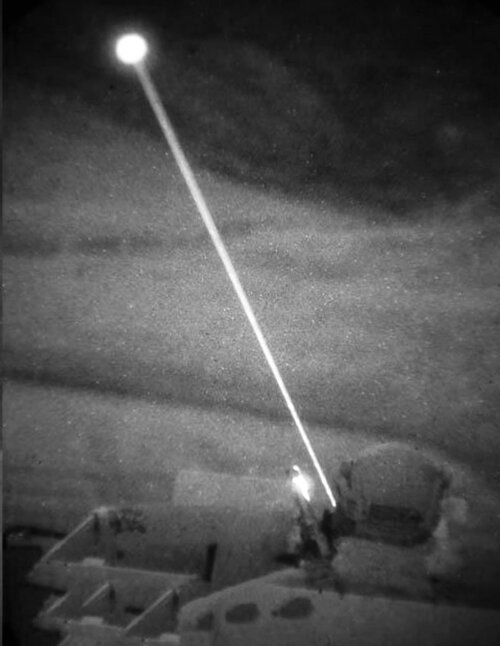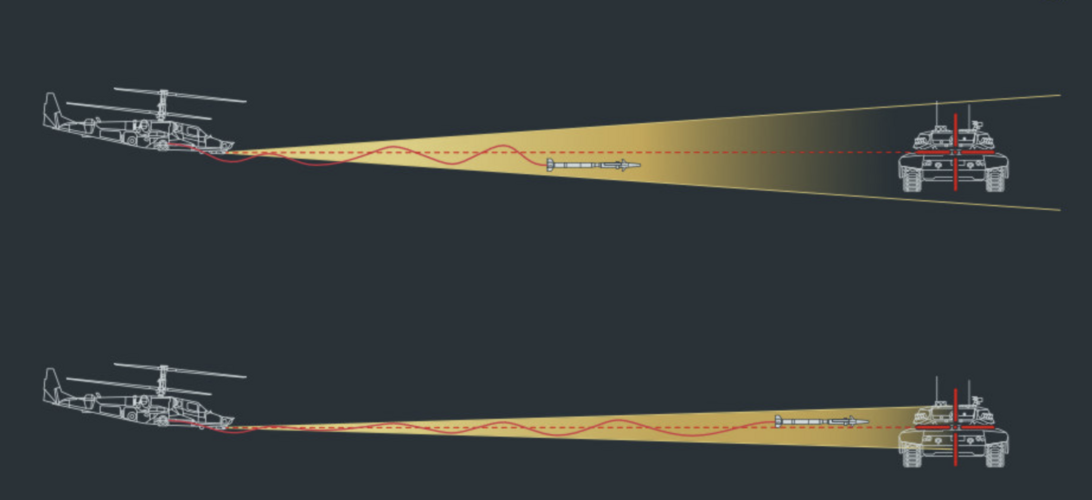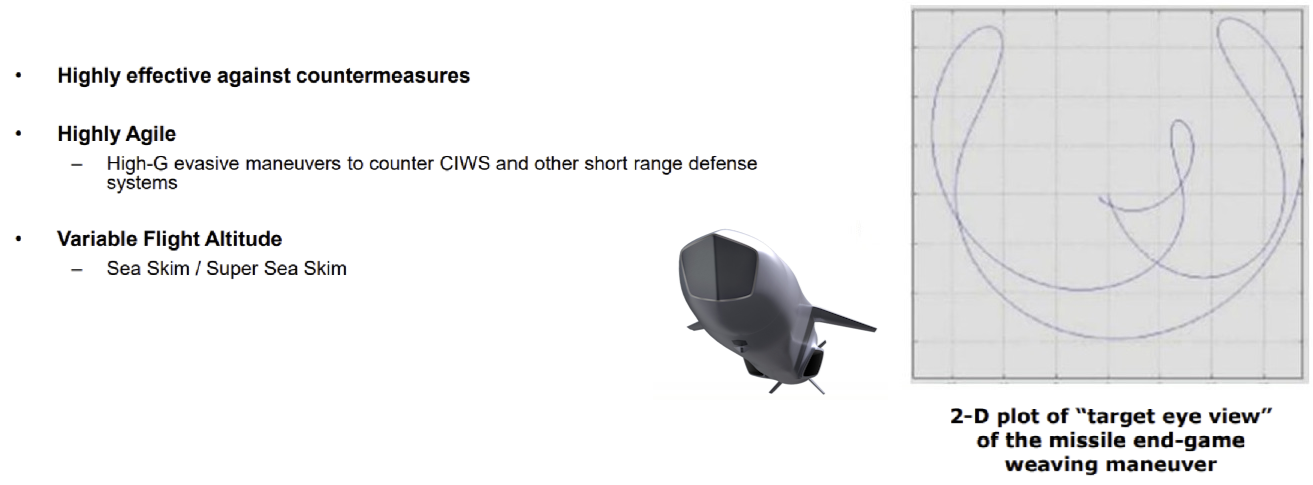With laser beam-riding SACLOS, the sighting device emits a laser signal directed toward the target. A detector in the tail of the missile looks for the signal. Electronics in the missile then keep it centered in the beam.

With Semi active laser homing (SAL), a laser is kept pointed at the target and the laser radiation bounces off the target and is scattered in all directions, a laser seeker on the head of the missile detects which direction this energy is coming from and adjusts the projectile trajectory towards the source.

SACLOS key advantage over SAL is that it can use much weaker laser source and harder to detect by laser warning system, it is also less effected by things like smoke cover countermeasure. But it seem like SAL guidance are far more popular. So what are the advantage of SAL over SACLOS?
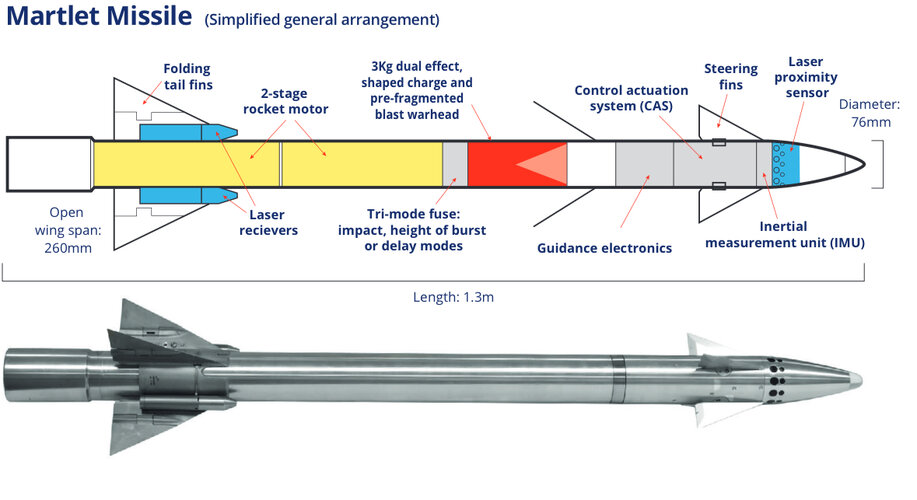
With Semi active laser homing (SAL), a laser is kept pointed at the target and the laser radiation bounces off the target and is scattered in all directions, a laser seeker on the head of the missile detects which direction this energy is coming from and adjusts the projectile trajectory towards the source.
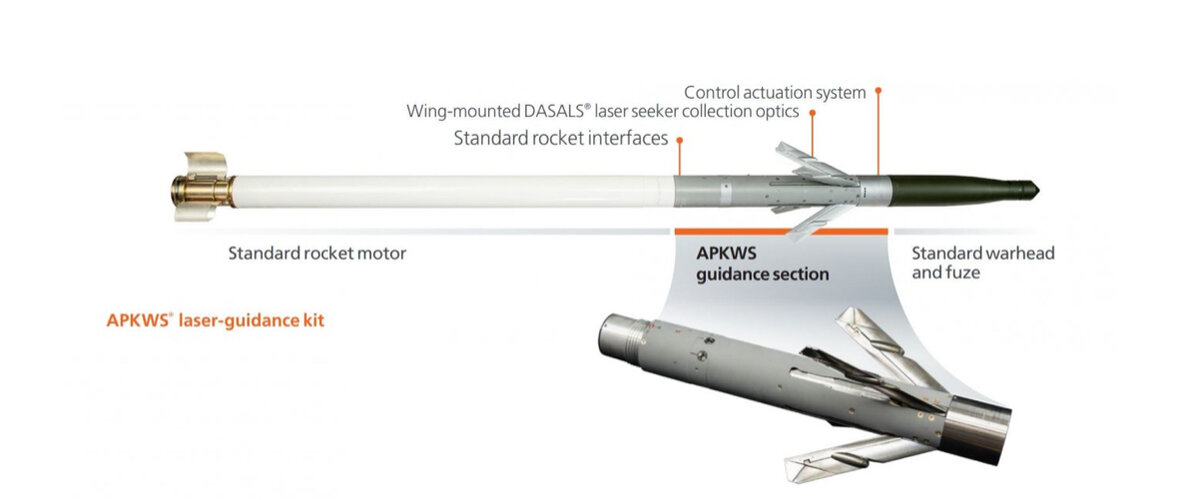
SACLOS key advantage over SAL is that it can use much weaker laser source and harder to detect by laser warning system, it is also less effected by things like smoke cover countermeasure. But it seem like SAL guidance are far more popular. So what are the advantage of SAL over SACLOS?
Last edited:


